It’s been a few weeks since I had my first hands-on up in London with the X100F. That experience simply whet my appetite for the day when the chaps at London Camera Exchange in Guildford would ring to say that mine had arrived. I crossed off the days like a prisoner in solitary confinement.
Then I got the call. I warped space and time to drive over and pick it up, along with a spare NP-W126s battery. It should have come with a leather case but there’s a bit of a delay. No matter, the camera’s here and I am a happy bunny. I have now had it for a few weeks so it’s time to give a bit of a progress report.
What follows is my honest appraisal. You know when you buy a new car, having test-driven it, and then find all sorts of quirks after you have actually taken delivery? Read on.
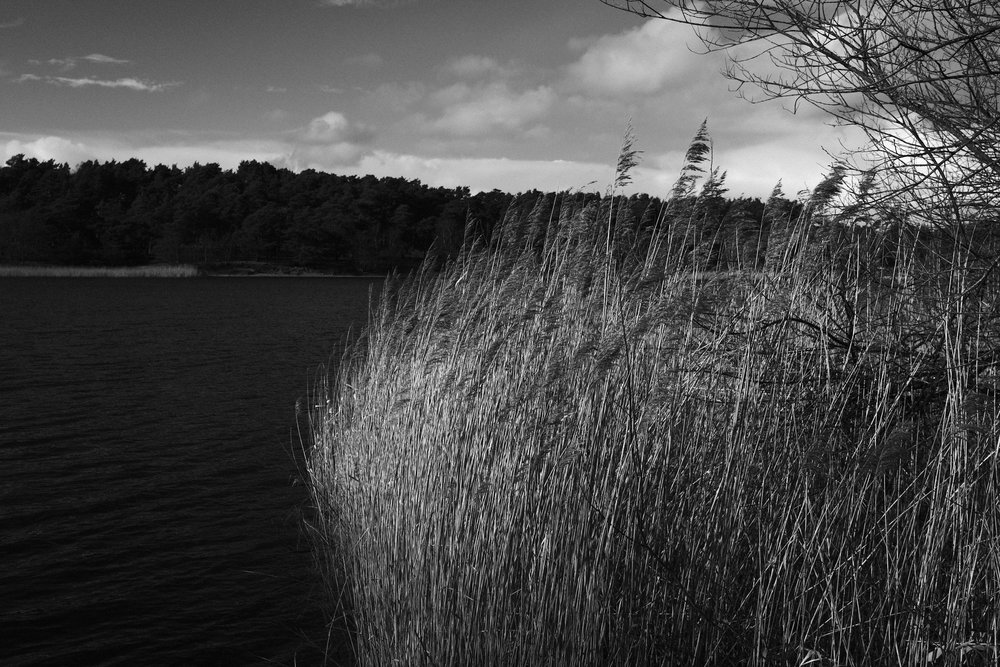
Good stuff
Here’s the good stuff:
Overall handling, which had evolved to very good with the X100T, is now close to ideal. The almost imperceptibly larger grip is an asset for those of us with larger hands, but what really makes the difference is the grouping of the rear controls to the right as per the X100F’s bigger siblings and seen first in the XPro2.
This is such a sensible move that with 20-20 hindsight it’s a wonder it wasn’t done from the outset. If you also have an X-Pro2 your muscle memory will kick in and you will be at home very quickly. I have set up both cameras almost identically, with wide-tele adaptor selection mapped to Fn1 on the X100F and Custom Mode selection on Fn2 on both cameras. Fn3 on the X100F is set to toggle the ND filter.
Incidentally I have yet to find a use for the front dial on either camera – maybe it’s just me…

The bigger NP-W126s battery makes a significant difference, at least with my shooting style (High Performance enabled under Power Management, OVF in use 95% of the time). I am getting 20-ish per cent more use per battery. However the bigger consequential benefit for those like me who have an X-Pro, X-T or X-E already is battery-commonality. The practical usefulness of this is really not to be underestimated.
Quite apart from halving the number of chargers carried when running with both cameras, for the travelling photographer the X100F scores big time over the X-Pro2 by virtue of also having the ability to be charged via USB, as was first seen on the X100T. This is a boon when you are away from civilisation for a long while (or simply on a long day in the City). I carry a small but high-capacity power bank with me everywhere these days, not just for my camera but for my phone, earphones, etc. It’s easy to top up when you stop for lunch. The beauty of a common battery is that I can now charge one in my bag in the X100F, and swop it into the XPro2 if needed. Now that’s useful.

The new sensor brings the Acros film simulation, of course, to which I am a fervent convert. It’s the nearest I have ever found to a “true” film rendition from a digital camera and is reason enough to buy into the Fuji system. If you haven’t experienced it take an SD card to a friendly dealer and treat yourself.
Not so good
So everything is wonderful, yes? Err… No.
Let’s start with the Q button. It’s in the wrong place, big time. It’s not in a built-up bulge like the one on the X-Pro2; instead it is flush with the body and right slap bang where your thumb goes if you are a Homo sapien. I first had problems with this on my short acquaintance with the loan camera up in London, and ownership has confirmed my initial impression: Its positioning is a bit of a boo-boo. What will help is an add-on thumb-rest to keep your digit out of the way; the bad news is that, as you can see from the photo, your old X100S and X100T thumb-rests won’t do because of the re-positioning of the rear controls. The good news is that those nice people at Lensmate are working on a solution as I type. In the very short term mine is currently wearing a Fotodiox creation that normally lives on my X20 – which sticks up a long way – whilst I wait for Lensmate to produce a more permanent solution.
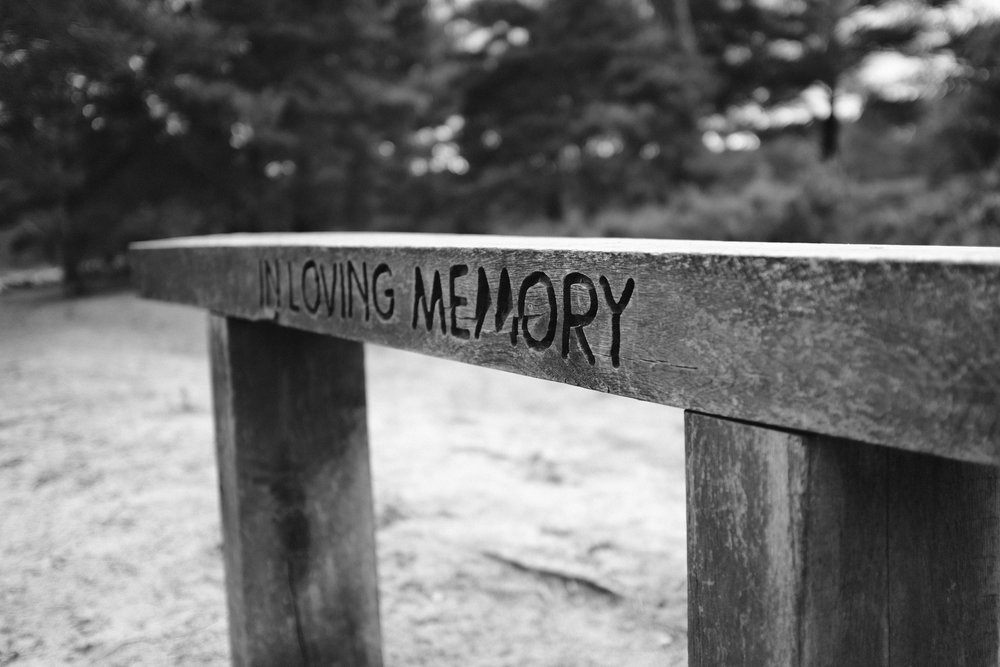
Sticking with handling, here’s an odd one. The X100F keeps the same style of battery door as its predecessors and as can be found on the older, lower-spec compact bodies such as the X10 and X20. The catch on it runs left-right, and it hinges along the short edge. On the X-Pro2 and other larger bodies that take the larger battery it is a more substantial catch that runs front-back with a door that hinges along one of the short edges. Now it may just be my copy, or my personal style of handling, but I tend to crook my right little finger under the corner of the body of the X100F to take some of the weight. I have never encountered this phenomenon before but I am regularly and inadvertently opening the battery door with the side of my finger. The issue will be solved, for me at least, when I get the leather half-case but it’s a bit of a worry and I’d like to hear from others if they have encountered the same phenomenon.
The reference shots below show the “Angel of Lens Testing” at 23mm for reference (left), alongside shots taken from the same distance with the digital tele converter (centre) and the tele converter lens (right
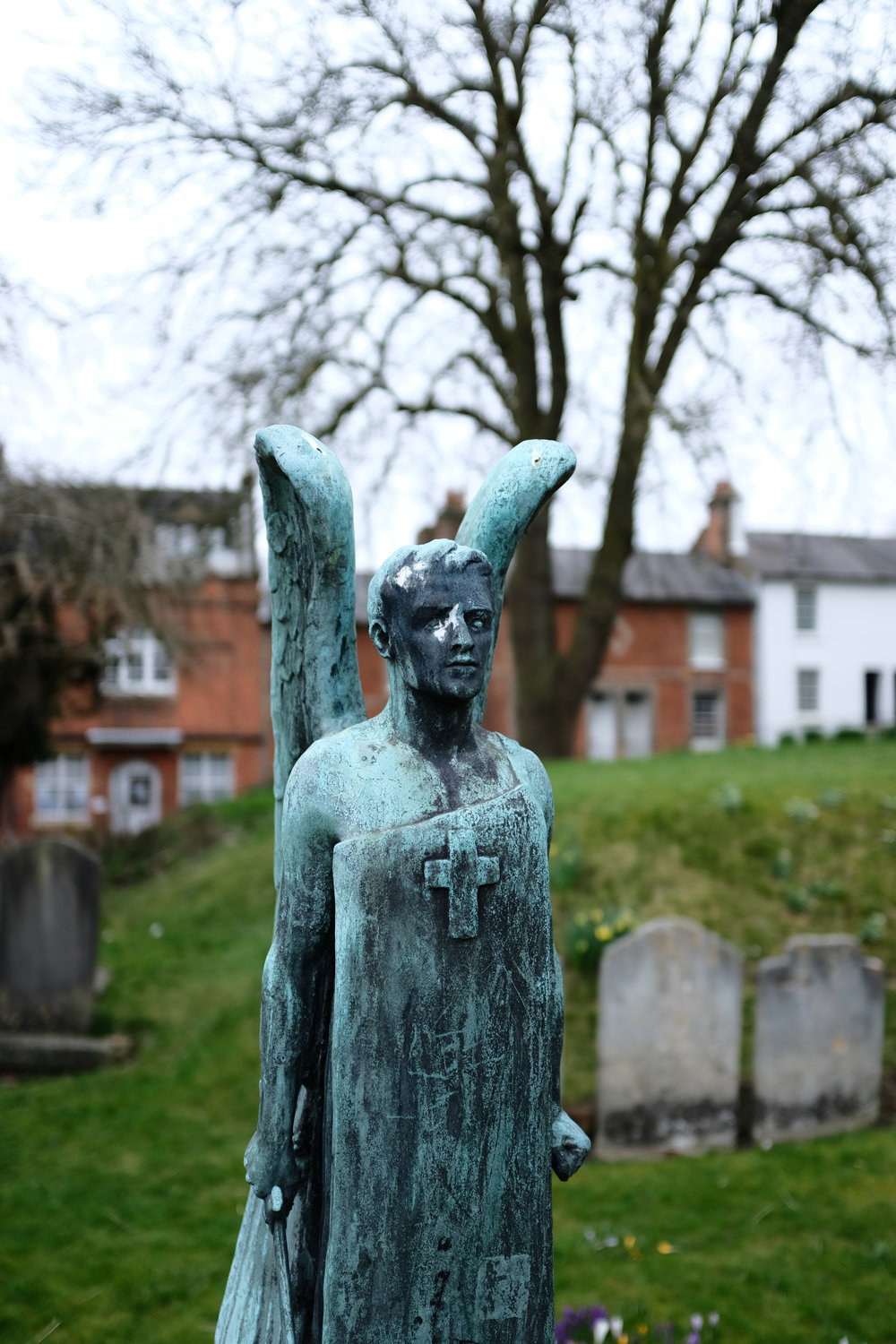
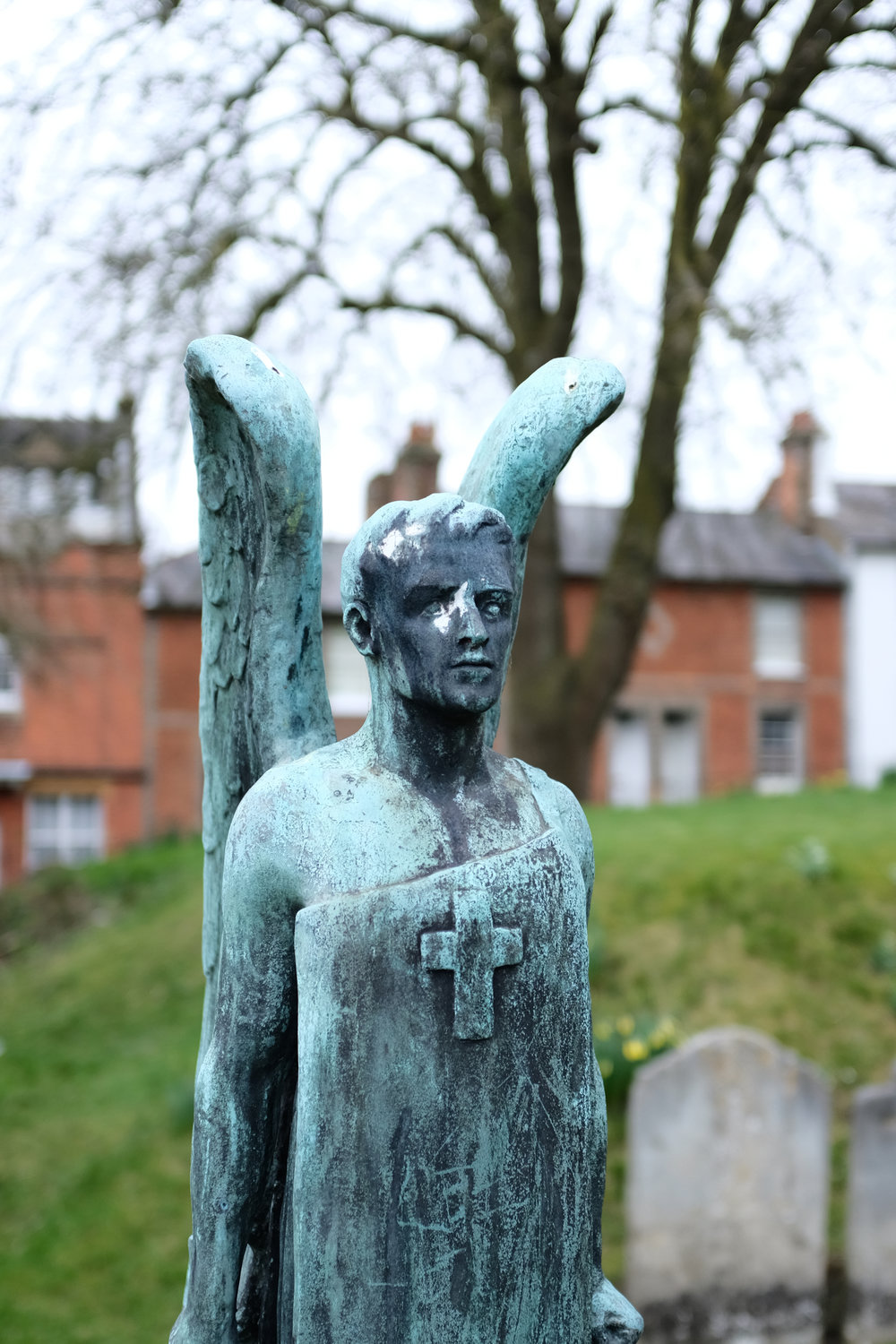
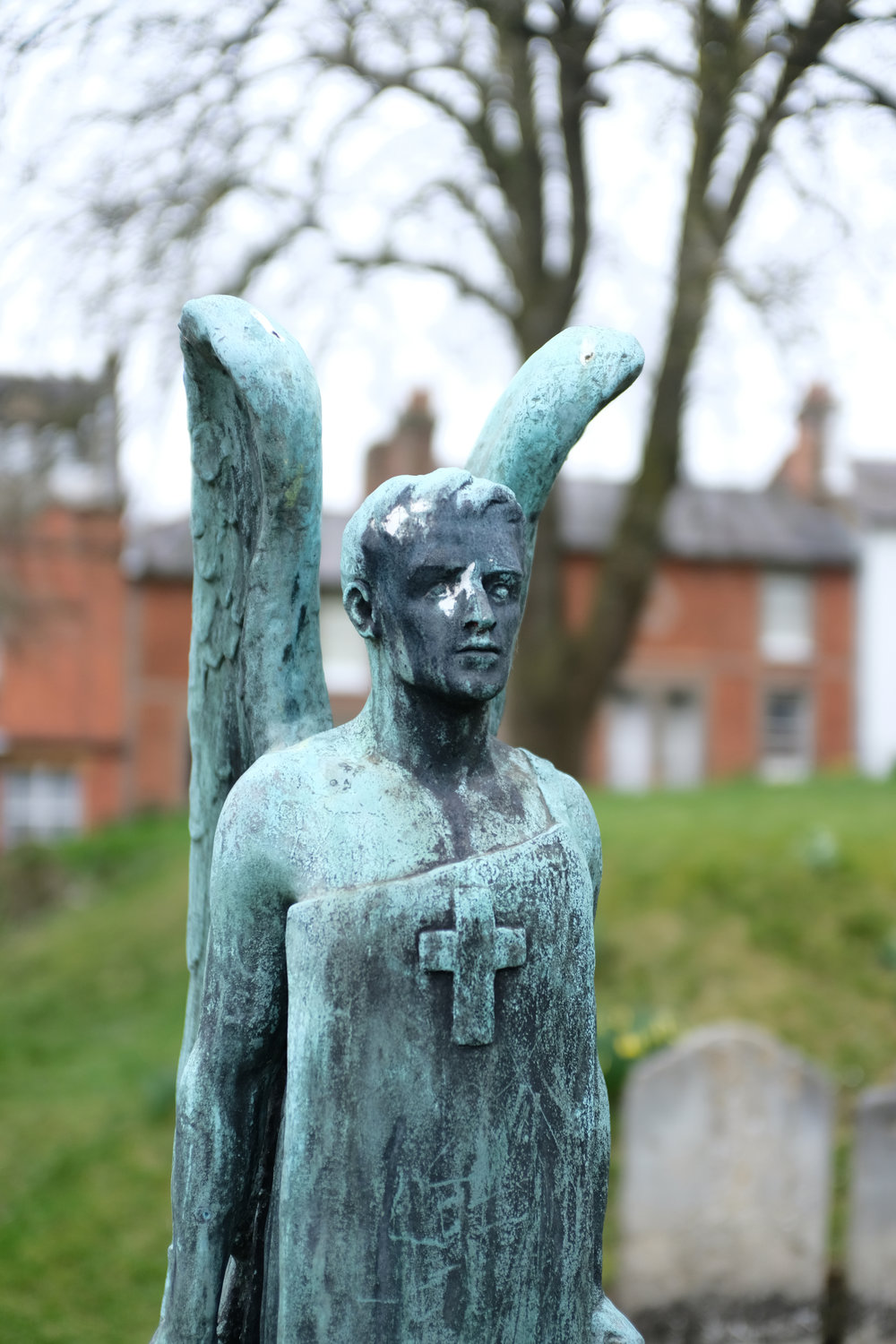
Teleconverter
The third issue – actually let’s call it a frustration – is firmware-related. One of the features introduced with the X100F which has rightly attracted attention is the digital teleconverter. Taken at face value, this is a very useful little feature; the ability to capture images at 35 and 50mm (50 and 75mm in 35mm terms) is a boon to the travelling photographer – particularly so since the resulting image is interpolated up to 6000×4000 pixels with little apparent downside in terms of quality compromise. If you look at the comparison photos of the Angel of Lens Testing you’ll see that the results obtained are very similar to those that you get when using the TCL-X100 (either version, they are optically the same). The only discernible difference in use is that you get a bit more creamy bokeh with the TCL, otherwise they are close to identical.
Great, eh? Well, not really. The Digital Teleconverter is simply not as useful a capability as you might think. For a start it restricts you to jpg-only – no raw file is recorded when the digital teleconverter is engaged. This is in contrast to the Ricoh GR which is the other camera I own with a similar feature. The little Ricoh does not interpolate, so the resultant files are smaller at equivalent focal lengths, but it does still capture a raw file… To be blunt (and pragmatic), as a raw+jpg-fine shooter I know which approach I prefer in terms of flexibility and image options.
RAW file problem
I like to shoot Acros most of the time, but there are times when the image would look better in colour, or vice versa. That’s when I fall back on the raw file so that I can reprocess it (often in-camera) to get a second bite at the cherry.
But just hold on a moment… Fuji has that clever film simulation bracketing ability. The SooC jpgs are excellent, so why not just bracket the shots taken when the jpg-only digital teleconverter is in use to give myself those options?
Because I can’t. It won’t let me.
Enabling the film simulation bracketing disables the digital teleconverter.

Oh, and by the way, if you turn the camera off (or it goes to sleep), it forgets the focal length it was set to and goes back to 23mm.
You also can’t set your own custom preferences for highlight, shadow, NR, etc for the bracketed shots.
And because bracketing is a drive mode you can only use it single-shot anyway.
Disappointed?
Which rather brings me to the point of this short revisit. From reading the last few paragraphs you might be forming the impression that I am disappointed with my X100F. Far from it. It is a mini X-Pro2 in handling and execution, delivering exceptional quality images in a small and proven form factor; with that excellent 24mp sensor shoehorned in and those film simulations it results in a very potent package indeed.
This is particularly so for the likes of me who want to spend their time shooting and not getting a numb bum sitting in front of a monitor doing endless post processing. All the goodness of the X100T is there in the X100F, plus some. It is an excellent street and travel machine and a natural choice for the peripatetic photographer who does not want to be burdened with a larger outfit.
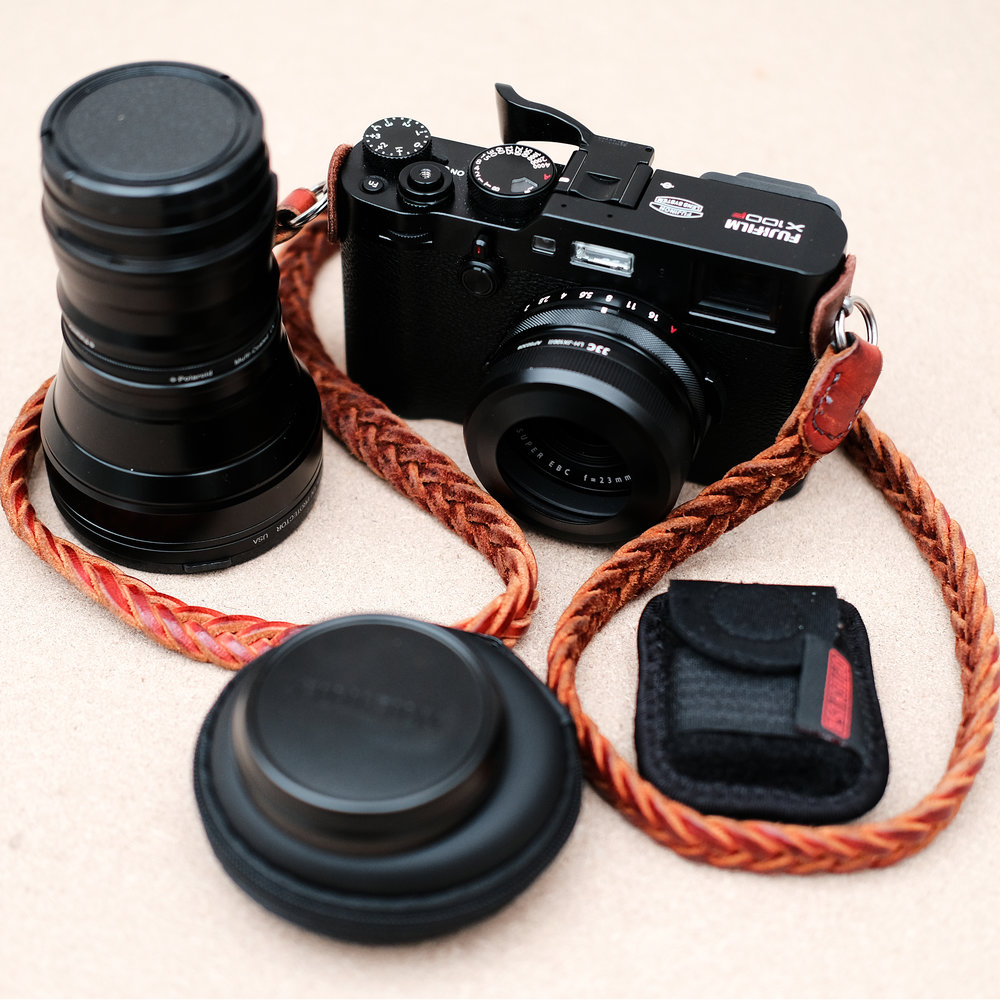
Despite all this, I cannot help but feel that the X100F is not so much the peak of one line of development as the jumping off point for the next. The new features and functions introduced in the X100F — and some that have been in the range for some time — do not play nice together.
Some of this can undoubtedly be addressed within the model’s lifetime in firmware updates but ultimately I suspect that the key constraint is as much a dearth of processing power as the need to optimise code.
The little X100F simply can’t multitask to achieve the improvements in usability that I have outlined above. To that end I suspect the next iteration of the X100 series will give the techno-tubbies even less to be happy about because it will be largely a behind-the-scenes (or under the skin) “power-up” to improve flexibility and functionality.
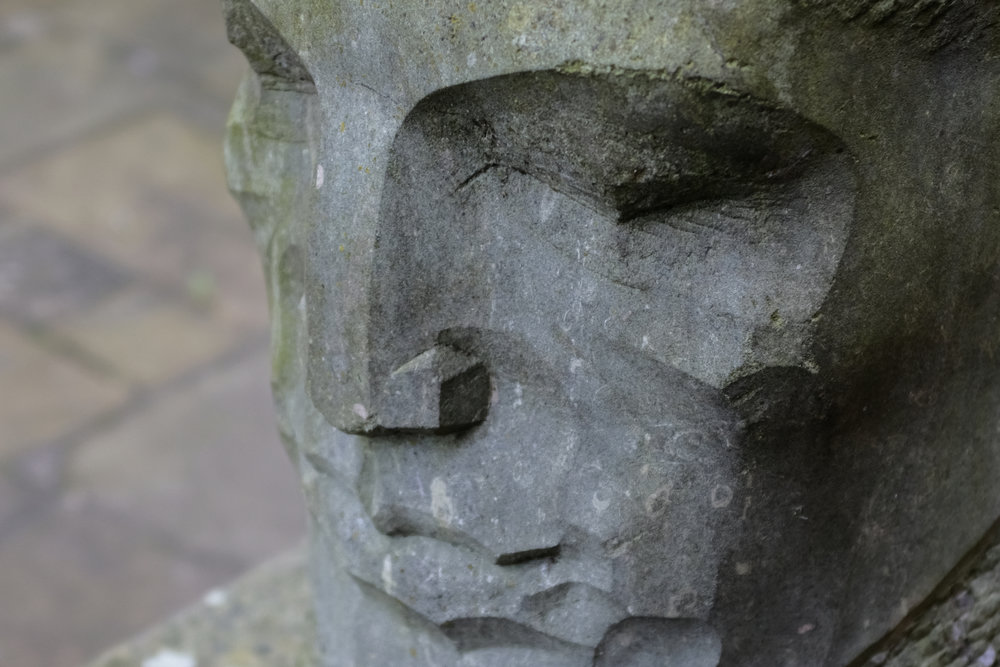
Significant step up
Regardless, the point is that — quirky foibles notwithstanding — the X100F is a significant step up from the X100T and should be relished and enjoyed and used for and as what it is, not berated for what it isn’t. What it is not, is perfect; but then if it were, what would we have to look forward to in that next iteration?
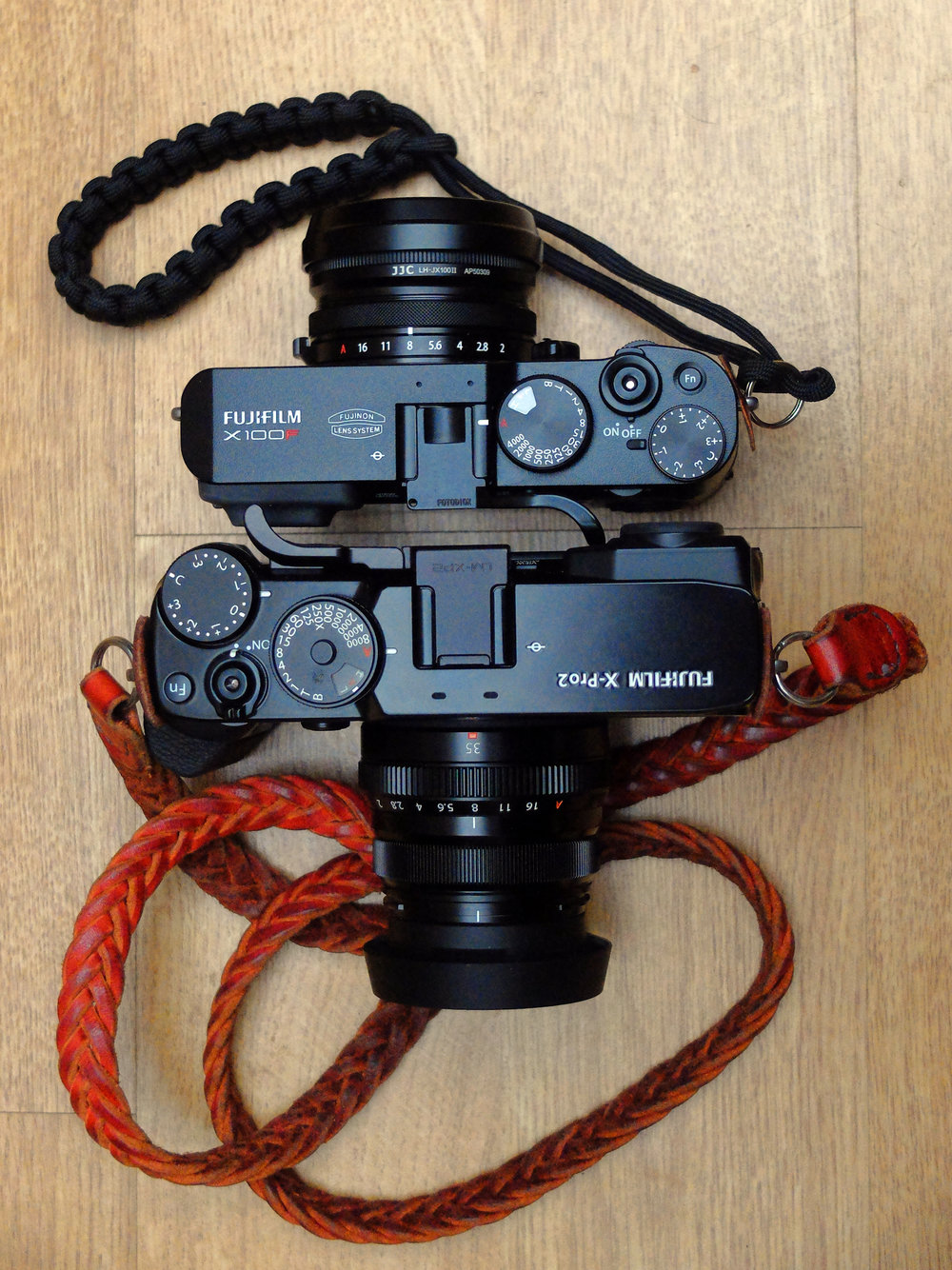
Ultimately, my personal measure of whether or not I think the X100F is a good camera is my willingness to use and rely upon it. I have a habit of not bonding with X100 models and, prior to this point, the score was 2-1 against, with only the X100T really doing it for me. The X100F will even that score. Finally, I would like to point out two things. Firstly it now wears my “flag” — the brown braided leather strap that was made for me personally. I only have the one, and it resides upon my “primary” camera at any one time. I only swapped it over from the X-Pro2 this week.
In a few short weeks I am about go to Naples for a long weekend. After careful consideration, all I’m taking with me is the X100F, the WCL and TCL, and a pocketful of batteries and SD cards. The X-Pro2 will stay at home. There’s confidence for you. Stay tuned to read how I get on…
______________
- You can find more from Bill Palmer at Lightmancer and at Instagram
- Subscribe to Macfilos for free updates on articles as they are published
- Want to make a comment on this article but having problems?

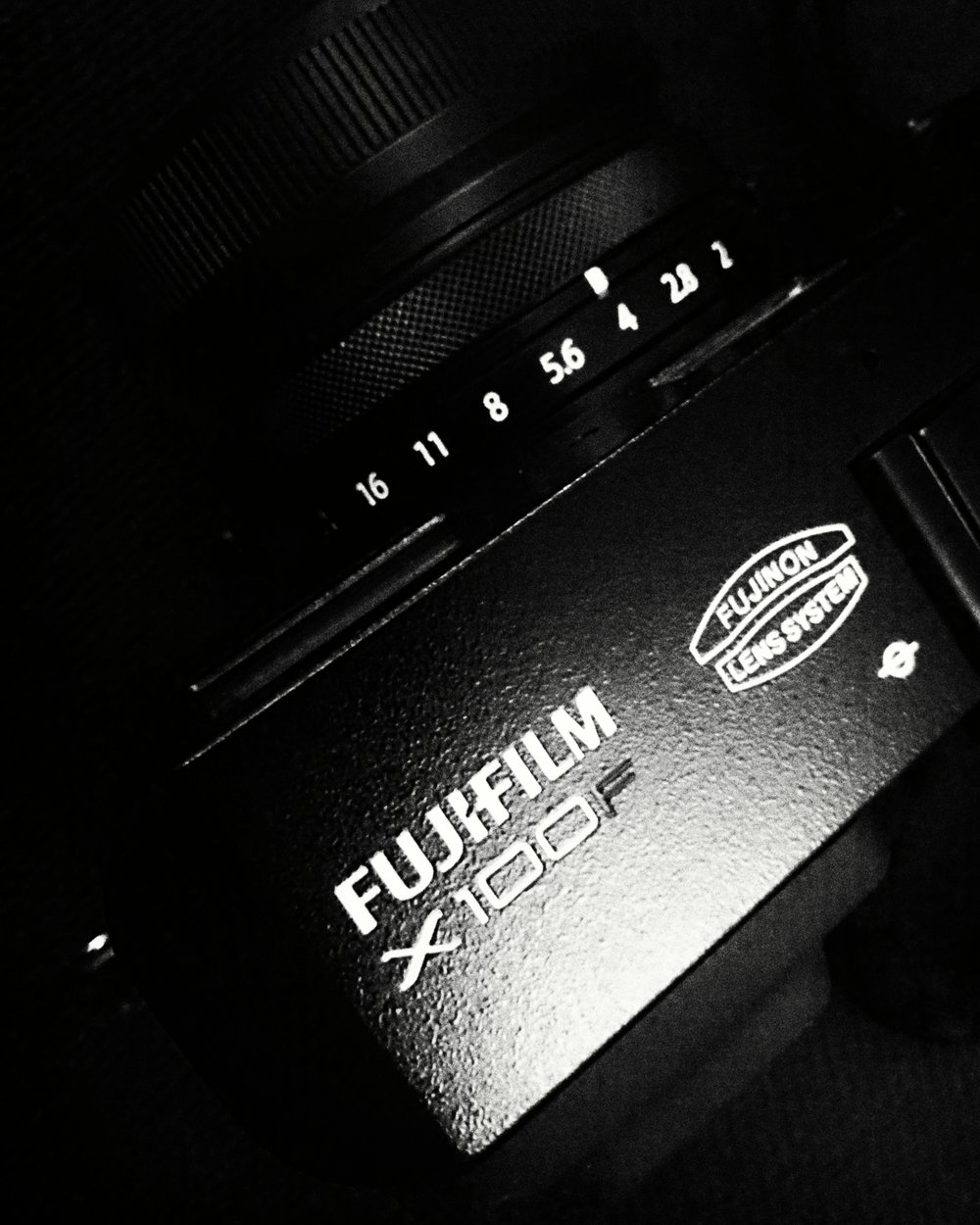
Excellent review. Thank you!
Hi Bill, did you ever try the X-Pro2’s folding thumb-rest on the X100F? Does it press against the rear dial? I wouldn’t mind if it simply obstructed it since one could always just fold it back.
What lens hood is this on your X100F?
It’s a JJC – readily available on eBay and Amazon.
Hi Bill, great and enjoyable review as always. Thanks. I have this on a backorder. However I’m in two minds as my rx1r is almost same size as x100f with a lens hood. Different advantages with fuji i know such as handling film simulation etc. But now I wonder shall I just upgrade to rx1r ii instead of getting x100f.
Hi Mahesh, thanks for your comment. I can’t really comment on the Sony – never had one – but I can give you opinion. The reason I don’t use Sony cameras is threefold (I specify "cameras" – I am typing this on a Sony phone…) a) I don’t like the handling – a bit too XBox. b) I don’t like the frequency of firmware upgrades – effectively there are none, because Sony would rather sell you a new camera every few months, and c) they have a poor reputation for customer service. I have experienced the latter myself – never again.
Fuji on the contrary listen to and care for their customers. Firmware upgrades are frequent, useful and free and customer service is exemplary.
I firmly believe that you have to look at the total cost – and benefits – of ownership; these cameras are not cheap and it’s not just about who has the fastest autofocus.
Hi Bill, I was looking for your opinion and experienced advice, so thanks for that. While I didn’t have to look for Sony’s customer service, I have heard about it too. I agree with all your points about xbox-like appearance and menu system as well and regular upgrades (lack of). I am surprised that you have a Sony phone. I had one which turned out to be very buggy and I decided never again 🙂 I am now with Samsung. I just need to sit tight till I get my X100f
There’s another aspect, Mahesh — the one of cost. The RX1 in its latest form is £3,449 here in the UK, nearly three times as expensive as the X100F. But with that sort of money you owe it to yourself to check out the Leica Q which is better than the Sony in most ways and, astoundingly, is exactly the same price as a new RX1. Not only is it a better camera, it will retain much more of its value, thus making it a cheaper overall prospect. About the only downside is that it is bigger than the Sony and the Fuji.
Hi Mahesh,
I have quite an ancient Sony Xperia Z Ultra, which has served me very well. It had to go back about a year ago for a new charging port, but that’s the only problem I’ve had with it. The screen is HUGE which is a real asset when you travel, like me, and write at the same time.
>>Oh, and by the way, if you turn the camera off (or it goes to sleep), it forgets the focal length it was set to and goes back to 23mm.<<
The focal length is always 23mm. I think you’re referring to the fact that the camera always resets itself to a focus distance of 7 ft. (a little over 2m) after it was switched off. This is really bothering me as I oftenn switch off the camera while I wait for something interesting to happen and expect it to be at the same distance setting when I switch it back on again. This worked on all previous X-series cameras I had (X100, X100S, X-Pro 1, X-Pro 2, X70), but not on the X100F.
Knowing Fuji, I’m still positive they will fix this soon in a firmware update. Let’s hope for the best.
Hi Carsten, thanks for your comment. No, I do mean focal length, but I could have been a tad more precise in my language. You’re right, of course, the true (physical) focal length is, and remains, 23mm, but I was referring specifically to the digital teleconverter. I would ideally like to be able to "set and forget" leaving it at my preferred focal length of 50mm as I can with a real zoom lens. It’s a pain resetting it after every manual or automatic power-down. Again, as you say, let’s hope for a firmware update…
Ah, I see. Different problem. But the principle is the same in both cases: the camera should simply remember the state it was in when it was switched off. I just hate cameras setting parameters on their own.
I agree!